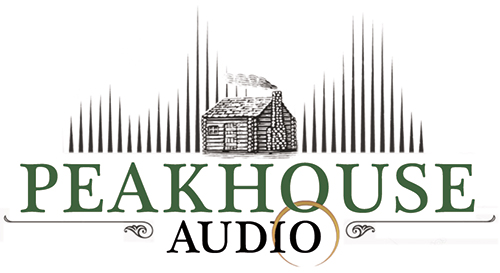Cookie-Einstellungen
Diese Website benutzt Cookies, die für den technischen Betrieb der Website erforderlich sind und stets gesetzt werden. Andere Cookies, die den Komfort bei Benutzung dieser Website erhöhen, der Direktwerbung dienen oder die Interaktion mit anderen Websites und sozialen Netzwerken vereinfachen sollen, werden nur mit Ihrer Zustimmung gesetzt.
Für die Filterung wurden keine Ergebnisse gefunden!

1.029,00 €
*
Lieferzeit: Artikel lagernd, sofort lieferbar

890,00 €
*
wird für Euch bestellt, die genaue Lieferzeit bitte erfragen

990,00 €
*
wird für Euch bestellt, die genaue Lieferzeit bitte erfragen


























